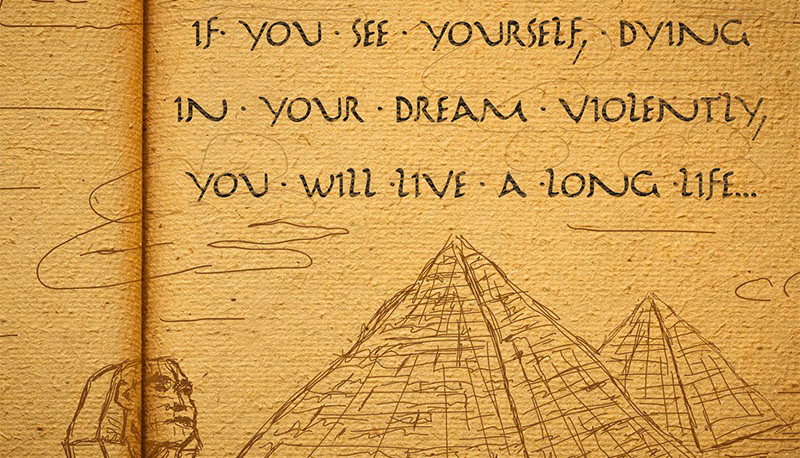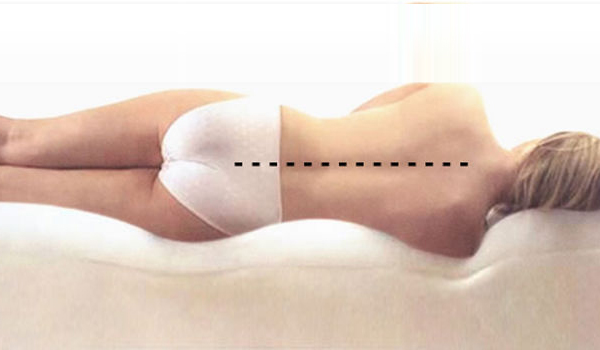Plato’s Dream Theory The first person to attempt to explain why humans dream was the Ancient Greek philosopher, Plato. He defined the difference between a human’s thoughts and actions while awake, compared to those while they were asleep. He also identified that dreams were connected with a human’s activities through their waking hours and could […]
Author Archives: Bobby
The Ancient Egyptians Egyptian dream theory and that of many ancient civilisations was that dreams were messages sent by gods to monarchs and important religious figureheads within their society. The dreams they had were thought to warn the person of future events and also of how they were behaving in their waking life. The theme […]
The reason for why we dream has baffled philosophers, doctors and scientists since the dawn of time. Even in the 21st Century, the true reason and meaning of why, sometimes almost mini-movies are played out in our heads as we sleep. Below are some of the theories used in the quest to find out why […]
The Freudian dream philosophy included the importance of symbols and messages contained in them which relate to our waking lives. Below are five of the commonest dreams which many people experience in their lives plus their meanings. Falling (1) The classic and most common type of dream involves falling. If it is a bad dream […]
There is no doubt, that there’s nothing quite like a good night’s sleep in order for us to function properly in our day to day lives. Scientists are still unsure as to why we sleep and the full extent of things which happen when we are in an unconscious state. All we know is that […]
1. Too much caffeine Having a coffee or tea before bed can be a nice way to wind down after a stressful day. However, the caffeine contained in these drinks can play hell with your sleep process. This ingredient blocks adenosine, a hormone which promotes sleep and tiredness in your brain and keeps you awake. […]
1. Fighting off short and long term illnesses Having a good night’s sleep does not make you invincible from illness and disease, but research has shown that a lack of it can increase health risks. People who sleep for less than six hours a night are more likely to catch a cold or stomach bug. […]
While we have looked at the benefits of memory foam mattresses the other type are supported by springs, which come in different amounts, usually 800, 1000, 1500 and 2000. The more expensive the bed, the more amounts of springs there are supporting it. It is recommended that while buying a bed it is argued that […]
What is memory foam? Memory foam (also known as temper foam) is a soft type of material which is sensitive to temperature or pressure. It has the unique ability to reform itself when weight or heat is exerted on its surface. This type of material is commonly used in beds, seats and in protective equipment, […]
- 1
- 2









